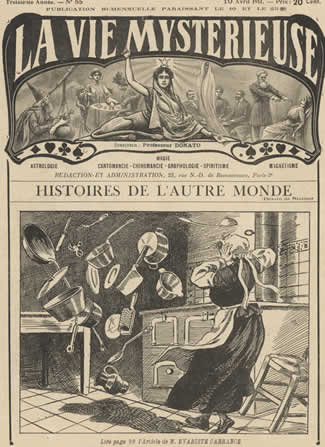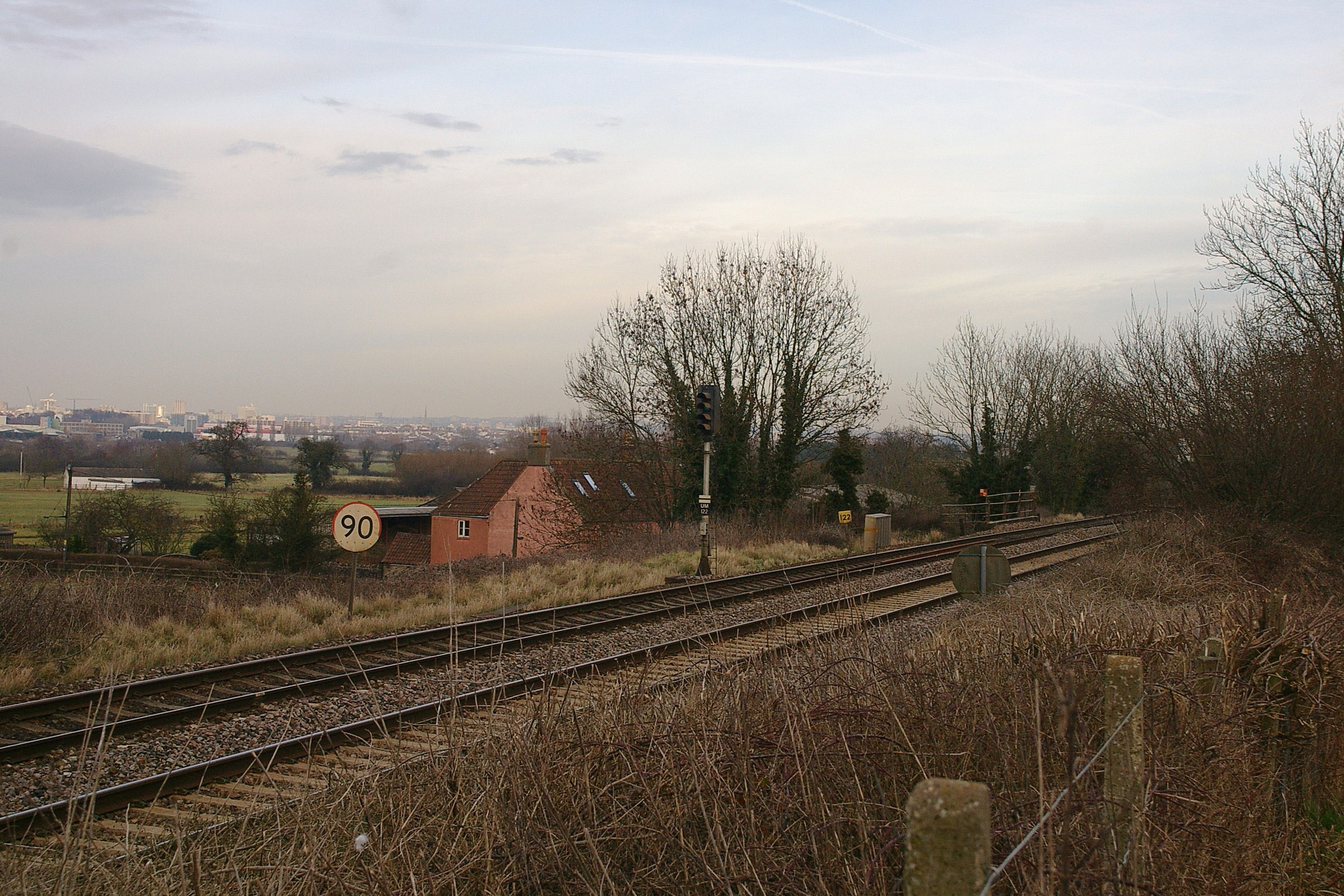|
Sampford Peverell
Sampford Peverell is a village and civil parish in Mid-Devon, England. An old Saxon settlement, it was called Sanforda in the 1086 Domesday Book. Its current name reflects its inclusion in the Honour of Peverel, the lands of William Peverel and his family. His great-grandson, Hugh Peverell (the name had changed spelling), is buried in the village church of St John the Baptist. The Grand Western Canal cuts through the village. The parish is surrounded, clockwise from the north, by the parishes of Hockworthy, Holcombe Rogus, Burlescombe, Halberton and Uplowman. The village itself has parts called Higher Town and Lower Town. The New Rectory was built in 1836, at the expense of the Grand Western Canal Company, in compensation for cutting through the grounds and demolishing the south wing of the Old Rectory which had been built for the use of Margaret Beaufort, mother of Henry VII. The Great Western Railway opened a station at Sampford Peverell in 1932 but it closed on 5 Oc ... [...More Info...] [...Related Items...] OR: [Wikipedia] [Google] [Baidu] |
Uplowman
Uplowman () is a village and civil parish in the Mid Devon district, in Devon, England, situated about 4 miles north-east of the town of Tiverton. The parish is surrounded, clockwise from the north, by the parishes of Hockworthy, Sampford Peverell, Halberton, Tiverton, and Huntsham. It is situated near the River Lowman, and further downstream, to the west, is Crazelowman. In 2011 the parish had a population of 331. Notable buildings *St Peter's parish church: the church was built in the 15th century by Margaret Beaufort, the mother of Henry VII. Features of interest include the 15th-century font and a peace window showing St Michael, St George and St Denys. *Uplowman Court, 14th-century remnant of former manor house situated immediately to north of the church, rubble wall attached to east end of a farmhouse. *Widhayes, a late 16th-century farmhouse refurbished in 1880.Pevsner, p. 882 *Spalsbury, late mediaeval farmhouse. *Middlecombe, a classic 17th-century thatched farm ... [...More Info...] [...Related Items...] OR: [Wikipedia] [Google] [Baidu] |
Villages In Devon
A village is a human settlement or community, larger than a hamlet but smaller than a town with a population typically ranging from a few hundred to a few thousand. Although villages are often located in rural areas, the term urban village is also applied to certain urban neighborhoods. Villages are normally permanent, with fixed dwellings; however, transient villages can occur. Further, the dwellings of a village are fairly close to one another, not scattered broadly over the landscape, as a dispersed settlement. In the past, villages were a usual form of community for societies that practice subsistence agriculture and also for some non-agricultural societies. In Great Britain, a hamlet earned the right to be called a village when it built a church.-4; we might wonder whether there's a point at which it's appropriate to talk of the beginnings of French, that is, when it wa ... ''village'', from Latin ''villāticus'', ultimately from Latin ''villa'' (English ''villa''). Ce ... [...More Info...] [...Related Items...] OR: [Wikipedia] [Google] [Baidu] |
Navvy
Navvy, a Clipping (morphology), clipping of navigator (United Kingdom, UK) or navigational engineer (United States, US), is particularly applied to describe the manual Laborer, labourers working on major civil engineering projects and occasionally in North America to refer to mechanical shovels and earth moving machinery. The term was coined in the late 18th century in Kingdom of Great Britain, Great Britain when numerous canals were being built, which were also sometimes known as "navigations". Nationalities A study of 19th-century Rail transport in Great Britain, British railway contracts by David Brooke, coinciding with Census in the United Kingdom, census returns, showed that the great majority of navvies in Britain were English. He also stated that "only the ubiquitous Irish can be regarded as a truly international force in railway construction," but the Irish were only about 30% of the navvies. By 1818, high wages in North America attracted many Irish workers to become a ... [...More Info...] [...Related Items...] OR: [Wikipedia] [Google] [Baidu] |
Poltergeist
In German folklore and ghostlore, a poltergeist ( or ; ; or ) is a type of ghost or spirit that is responsible for physical disturbances, such as loud noises and objects being moved or destroyed. Most claims or fictional descriptions of poltergeists show them as being capable of pinching, biting, hitting, and tripping people. They are also depicted as capable of the movement or levitation of objects such as furniture and cutlery, or noises such as knocking on doors. Foul smells are also associated with poltergeist occurrences, as well as spontaneous fires and different electrical issues such as flickering lights. These manifestations have been recorded in many cultures and countries, including Brazil, Australia, the United States, Japan and most European nations. The first recorded cases date back to the 1st century. Skeptics explain poltergeists as juvenile tricksters fooling credulous adults. Etymology The word ''poltergeist'' comes from the German language words and ... [...More Info...] [...Related Items...] OR: [Wikipedia] [Google] [Baidu] |
Halberton Hundred
The hundred of Halberton was the name of a small district, one of thirty two ancient administrative units of Devon, England. The parishes in the hundred were: *Burlescombe Burlescombe (, ) is a village and civil parish in the Mid Devon district of Devon, England. The parish is surrounded, clockwise from the north, by the parishes of Holcombe Rogus, Culmstock, Uffculme, Halberton and Sampford Peverell. According to ... (part) * Halberton * Sampford Peverell * Uplowman (part) * Willand See also * List of hundreds of England and Wales - Devon References Hundreds of Devon {{Devon-geo-stub ... [...More Info...] [...Related Items...] OR: [Wikipedia] [Google] [Baidu] |
National Cycle Route 3
Route Bristol to Bridgwater West Harptree , Charterhouse, Somerset, Charterhouse , Wookey Hole , Glastonbury The route goes south from Bristol into Somerset and around Chew Valley Lake Bridgwater to Land's End Taunton , Bideford , Bude , Bodmin See also * The Cornish Way Bude to Bodmin section References [...More Info...] [...Related Items...] OR: [Wikipedia] [Google] [Baidu] |
Tiverton Parkway Railway Station
Tiverton Parkway railway station is on the Bristol to Exeter line in Devon, England. Despite being named after the town of Tiverton, it is actually located a short distance from the village of Sampford Peverell, to the east of Tiverton, and close to the junction of the M5 motorway with the A361 North Devon link road. It is from the zero point at via . The station is operated by Great Western Railway and is also served by CrossCountry trains. History The Bristol and Exeter Railway opened on 1 May 1844 but it ran south of Tiverton, so a station known as "Tiverton Road" was opened to serve the town. This station was renamed " Tiverton Junction" on 12 June 1848 when the Tiverton branch line was opened to a station in the town itself. By the 1980s the branch to Tiverton had closed and Tiverton Junction station only saw a couple of trains in each direction each day so a decision was taken to relocate the station a short distance to the east, close to the motorway junctio ... [...More Info...] [...Related Items...] OR: [Wikipedia] [Google] [Baidu] |
Sampford Peverell Railway Station
There are 22 disused railway stations on the Bristol to Exeter line between and . The line was completed in 1844 at which time the temporary terminus at Beambridge was closed. The most recent closure was Tiverton Junction which was replaced by a new station} on a different site in 1986. 12 of the disused stations have structures that can still be seen from passing trains. Background The route was opened by the Bristol and Exeter Railway in stages between 1841 and 1844. In 1876 this company was amalgamated with the Great Western Railway which, in turn, was nationalised into British Railways in 1948. It is now owned by Network Rail. Apart from the temporary station at Beam Bridge which was only used for a year, the earliest closures were in the Weston-super-Mare area in order to provide new facilities for the traffic to that town, which was much greater than predicted when the line was planned. The majority of the remaining closures followed Dr Beeching's '' Reshaping of Brit ... [...More Info...] [...Related Items...] OR: [Wikipedia] [Google] [Baidu] |
Great Western Railway
The Great Western Railway (GWR) was a History of rail transport in Great Britain, British railway company that linked London with the southwest, west and West Midlands (region), West Midlands of England and most of Wales. It was founded in 1833, received its enabling act of Parliament on 31 August 1835 and ran its first trains in 1838 with the initial route completed between London and Bristol in 1841. It was engineered by Isambard Kingdom Brunel, who chose a broad gauge of —later slightly widened to —but, from 1854, a series of Consolidation (business), amalgamations saw it also operate Standard gauge, standard-gauge trains; the last broad-gauge services were operated in 1892. The GWR was the only company to keep its identity through the Railways Act 1921, which amalgamated it with the remaining independent railways within its territory, and it was finally merged at the end of 1947 when it was Nationalization, nationalised and became the Western Region of British Railways. ... [...More Info...] [...Related Items...] OR: [Wikipedia] [Google] [Baidu] |
Henry VII Of England
Henry VII (28 January 1457 – 21 April 1509), also known as Henry Tudor, was King of England and Lord of Ireland from his seizure of the crown on 22 August 1485 until his death in 1509. He was the first monarch of the House of Tudor. Henry was the son of Edmund Tudor, 1st Earl of Richmond, and Lady Margaret Beaufort. His mother was a great-granddaughter of John of Gaunt, an English prince who founded the Lancastrian cadet branch of the House of Plantagenet. His father was the half-brother of the Lancastrian king Henry VI. Edmund Tudor died three months before his son was born, and Henry was raised by his uncle Jasper Tudor, a Lancastrian, and William Herbert, a supporter of the Yorkist branch of the House of Plantagenet. During Henry's early years, his uncles and the Lancastrians fought a series of civil wars against the Yorkist claimant, Edward IV. After Edward retook the throne in 1471, Henry spent 14 years in exile in Brittany. He attained the throne when his f ... [...More Info...] [...Related Items...] OR: [Wikipedia] [Google] [Baidu] |
Margaret Beaufort, Countess Of Richmond And Derby
Lady Margaret Beaufort ( ; 31 May 1443 – 29 June 1509) was a major figure in the Wars of the Roses of the late 15th century, and mother of King Henry VII of England, the first Tudor monarch. She was also a second cousin of Kings Henry VI, Edward IV and Richard III of England. A descendant of King Edward III, Lady Margaret passed a disputed claim to the English throne to her son, Henry Tudor. Capitalising on the political upheaval of the period, she actively manoeuvered to secure the crown for her son. Margaret's efforts ultimately culminated in Henry's decisive victory over King Richard III at the Battle of Bosworth Field. She was thus instrumental in orchestrating the rise to power of the Tudor dynasty. With her son crowned Henry VII, Margaret wielded a considerable degree of political influence and personal autonomy. She was also a major patron and cultural benefactor during her son's reign, initiating an era of extensive Tudor patronage. Margaret is credited with ... [...More Info...] [...Related Items...] OR: [Wikipedia] [Google] [Baidu] |







